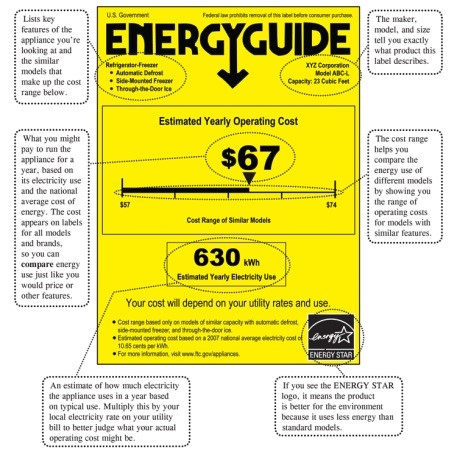The real estate industry is rife with scam artists, and millions of homebuyers, sellers, and owners fall victim every year.
The truth is, the more that real estate and its processes go digital, the more at risk our data, information and, most importantly, finances are as we go about these massive financial transactions in our lives.
It requires extra diligence on our part, as well as from the agents, lenders, title companies, and everyone else we do business with.
Are you considering buying, selling, or renting a home? Here are the scams you should watch out for — and how to spot them.
1. Wire Fraud
This is the big one, accounting for millions (potentially billions) in financial losses every year. It typically occurs with a single email hack. The scam artist gains access to just one email account involved in the transaction — a real estate agent, someone at the mortgage lender or broker’s office, an escrow officer, a title agent, or even a buyer or seller, and then monitors communications from there.
Once the closing date nears, the scammer sends a fake email — usually using spoofed email addresses very similar to those actually involved in the sale — asking the party to wire their funds (down payment, closing costs, mortgage payoff) using certain instructions. Little does the victim know, those instructions aren’t from a legitimate source, and their money is wired right into an offshore bank account never to be seen again.
2. Bait & Switch
This is the scam that sellers need to worry about. A buyer comes in with an above-market offer. The home is then switched to pending and no other offers are accepted. Weeks pass, and as closing nears, the buyer asks for an extension and the seller grants, knowing the high offer they’ll be getting in return. In the meantime, the seller is stuck paying the mortgage payment, taxes, utilities, etc., while the buyer keeps spinning their wheels.
After a few rounds of this, they come back with an excuse for why their original offer will no longer work, instead offering a low-ball bid. Frustrated by the extra costs and hesitant to re-list the home and start from scratch, the seller accepts, losing out on thousands of dollars and months of time and hassle.
3. The Phantom Listing
This one typically involves a property in which the owner is out on vacation, away for business, or only a temporary resident. A scam artist gets wind of the home’s temporary vacancy, markets the home to on-the-market renters. They might even bill it as a steal — “Just XX price for this pre-furnished and fully decorated property!”
They then close the deal, often asking for several months of rent in advance (plus deposits, fees, etc.). By the time the money has exchanged hands and you’ve moved in, the real owner comes back to find their home occupied by an unwanted (and illegal) tenant.
This can also happen with out-of-town homebuyers. Their “agent” sends them photos or video of a home — one that’s not actually available — and asks them to wire earnest money and option fees in order to nab the property. Thinking this is the norm when buying from out of town, the buyer complies, only to lose thousands of dollars in the process.
4. Duplicate Listings
In addition to fake and phantom listings, there’s also a scam involving duplicate listings. Here’s how it works: Scammers copy a legitimate rental listing, post it on other sites (Craigslist is a big one), and drop the price for a few hundred dollars to get some attention. They then ask the renter to wire their security deposit, first month’s rent, and other fees in order to hold the property. Once the money is sent, they (and that money) disappear into the night, never to be seen or heard from again.
5. Fake Agents & Real Estate Lawyers
Fraudsters are also known to impersonate real estate attorneys and agents, too. They might choose a legitimate professional and then mock up a website or profile using their identity, or they may create an entirely new persona out of thin air. Once they’ve got a potential buyer on the hook, they show them properties, help them find the right one, and then steal their deposits, escrow money, or closing costs with faux wiring instructions.
Red Flags to Watch for
Avoiding these and other scams is all about being diligent, reading your emails carefully, and vetting who you work with.
Specifically, you should:
- Look carefully at each individual email address on a message, especially if it contains a request for money or financial data
- Voice verify any wiring instructions or requests for money
- Verify the license and credentials of your agent and real estate attorney
- Be wary of any too-low-priced or pre-furnished/decorated homes
- Research the property you’re considering using local appraisal district and property records
- Use double-layer identification on your emails and make sure your vendors do, too
- Don’t send financial documents over email; use a secure portal or folder instead
Most importantly, don’t send money to anyone unless you’ve verified who they are and what you are getting in return.
article source: By Aly Yale|June 13th, 2019




